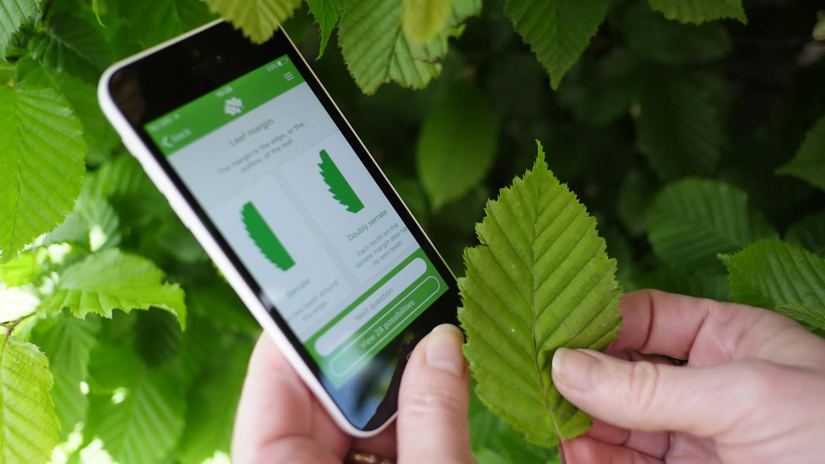
Credit: Deborah Morris / WTML
Leaves
A similar shape to beech leaves – oval with pointed tips. Hornbeam leaves, however, are smaller and more deeply furrowed than beech leaves and have finely toothed edges (whereas beech leaves have wavy edges). They become golden yellow to orange in colour in autumn and most stay on through the winter.






















